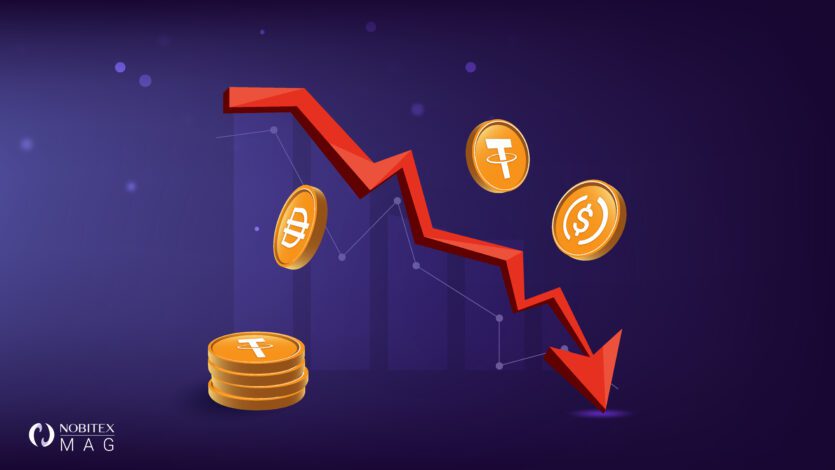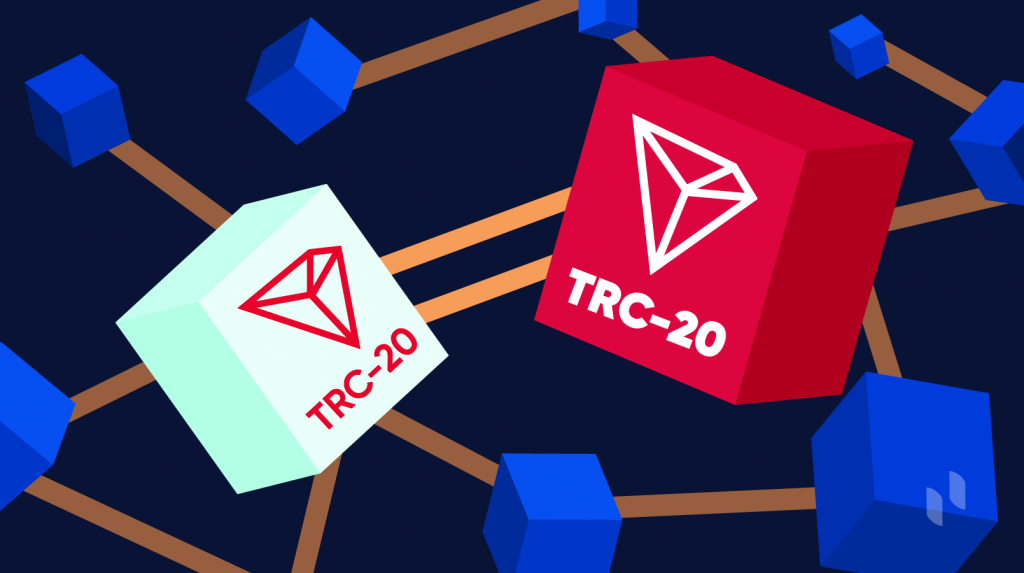Before going into the definition of digital currency, let’s start with a brief introduction about digital currencies. In the world where science and industry are moving towards the digital space, the financial markets have not remained indifferent to these developments. Meanwhile, digital currencies have emerged as a new branch in the financial world. With this background, it is time to answer the main question, what is digital currency in simple terms. Digital currencies are monetary units designed on the basis of cryptographic protocols, and their dependence on traditional currencies with a physical nature is weak. Digital currency is a broad concept in which cryptocurrencies are only a part of its totality. In the following, we will examine this issue in more detail and explain what the currency code is exactly.
What is a cryptocurrency?
You may ask: What exactly is cryptocurrency and how does it differ from digital currency? In short, cryptocurrency is a special category of digital currency that is used by encryption protocols to create security in financial transactions. In Iran, where access to digital currencies is limited and faces sanctions, the term “digital currency” is generally used to refer to cryptocurrencies. Bitcoin, the first known example of digital currency, was created by a mysterious person or group named Satoshi Nakamoto. One of the attractions of digital currency is its decentralized structure. This means that no institution or organization supervises it. In other words, the transfer of cryptocurrencies does not require banks or financial intermediaries and can be directly transferred to another person. These transactions are based on cryptographic systems such as blockchain.
How digital currency works
In the field of digital currency education, it is important to know that each cryptocurrency executes its transactions using different methods. For example, when a Bitcoin transaction takes place, this transaction is first placed in a network of miners. In this network, transaction validity and user status are checked by complex algorithms. After the transaction is confirmed, its information is recorded in the blockchain. Cryptocurrency transactions operate on a peer-to-peer (P2P) basis, which eliminates the need for intermediaries. To make changes in this database, it is necessary for all computers connected to this system to approve the changes. This process is known as the proof-of-work model.
What does digital currency mining mean?
The process of producing digital currency, which is popularly known as digital currency mining, is done by solving digital problems and equations and recording the results of these solutions. In simpler terms, miners are rewarded with digital currency by solving these digital problems and recording them in the blockchain. There are various methods of mining, the most common of which include the use of central processing units (CPUs), graphics processing units (GPUs), and special mining chips known as ASICs.
Creation of digital currency
Creating digital currency is a complex and technical process that includes the extraction and production of new units by solving mathematical and cryptographic problems. This process, which is also called mining, requires advanced equipment and high processing power, and records transactions in the blockchain based on specific algorithms. With each successful transaction, miners are rewarded with digital currency, which helps secure the network and validate transactions. This method ensures that the blockchain network remains constantly updated and secure.
Digital currency price
The price of digital currencies is influenced by several factors such as supply and demand, news related to blockchain technologies, political and economic decisions of countries, and investment trends in global financial markets. Due to their decentralized and digital nature, these currencies experience extreme price fluctuations, which makes them attractive yet risky options for investors. Understanding and predicting digital currency price trends requires sufficient knowledge of financial markets and accurate analysis of relevant data and news.










